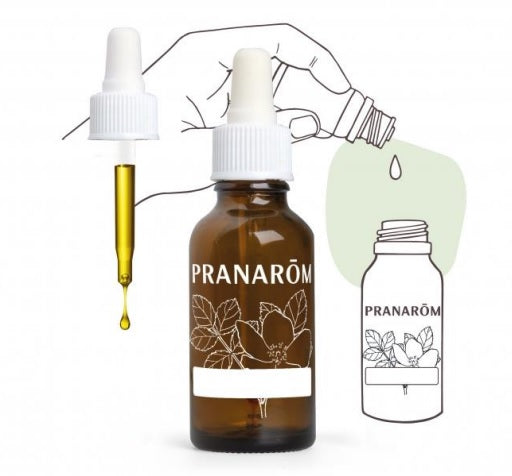Do not skip steps
There are a few best practices and hygiene standards that you will need to adhere to.
- Choose a clean work environment (meaning: disinfected, clear and stable)
- Prepare everything you will need.
- Make sure the expiration dates of the ingredients you are going to use
- Read and install your recipe card nearby so you can follow it easily.
- Wash and dry your hands
1, 2, 3, go we can start!

Determine the dosage
The dosage of essential oils will depend on the use you want to make of them. Indeed, depending on the usefulness, the percentage of dilution of an essential oil in a vegetable oil will not be the same. This means that the percentage of dilution will not be the same if you want to treat a cold or treat a fracture.
Let's calculate the dose of essential oil in ml:
- 1% of 50ml = 0.5ml of essential oil.
- It is therefore necessary to put 0.5 ml of essential oil in 49.5 ml (=50-0.5) of vegetable oil.
- Fill to the base of the neck.
Now let's convert between ml and the number of drops:
- 1 ml = approximately 30 drops of essential oil.
- Rule of three to determine the number of drops of essential oil: (30*0.5)/1= 15 drops
- So, you have to add 15 drops of essential oil in 49.5 ml of vegetable oil.
Example: you wish to carry out a serum-style homemade treatment for the face in order to hydrate and nourish your skin (skin without any particular problem), in this case we recommend diluting the essential oil of true lavender at 1% in 50 ml of jojoba vegetable oil.
Compliance with concentrations
Essential oils are precious and highly concentrated active ingredients. Recommended dosages should be followed carefully to avoid unnecessary overdosing.

